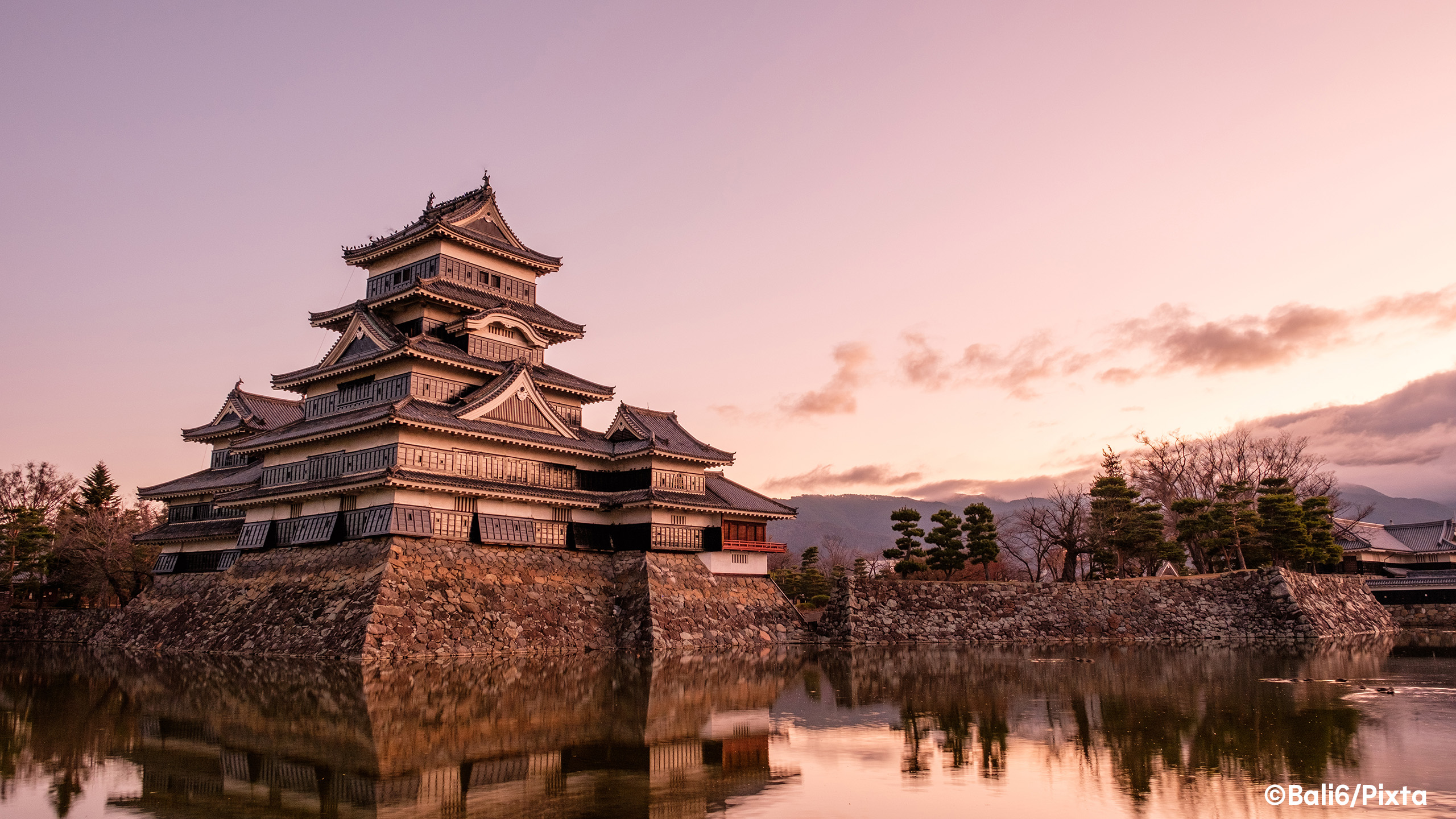
Matsumoto
Sitting on a plateau ringed by snow-capped mountains and watched over by the famous “Black Crow” castle, Matsumoto is the gateway to some of the country’s most spectacular scenery.
If you’re coming straight from one of the huge, neon behemoths of the eastern seaboard, Matsumoto’s fresh alpine air and small-town vibe are a welcome contrast. This was once the boundary of one of Japan’s most isolated regions, where heavy snowfall and temperatures as low as -25°C made mountain passes inaccessible for most of the winter. Even now, Matsumoto is something of a frontier town, offering a base for excursions to the ski resorts, snow monkeys, and hiking trails of the Japan Alps.
Though it’s rather neat and nondescript on the surface (like many smallish Japanese cities), Matsumoto can be charming once you get properly acquainted. One day is enough to cover its main attractions: the castle, art and food. Local legend Yayoi Kusama is represented at the city museum, and there’s one of the country’s best woodblock print collections in the suburbs. Meanwhile, adventurous eaters can feast on stonefly larvae, bee larvae and raw horsemeat — while the less gung-ho can choose a soba noodle-making class or a visit to the Daio Wasabi Farm.
Of course, the undisputed star of the show is the Black Crow castle itself, which presides over the city with an imperious air. It deserves to: it’s survived four centuries of war, earthquake and fire, and is arguably the finest of its kind in all Japan.

